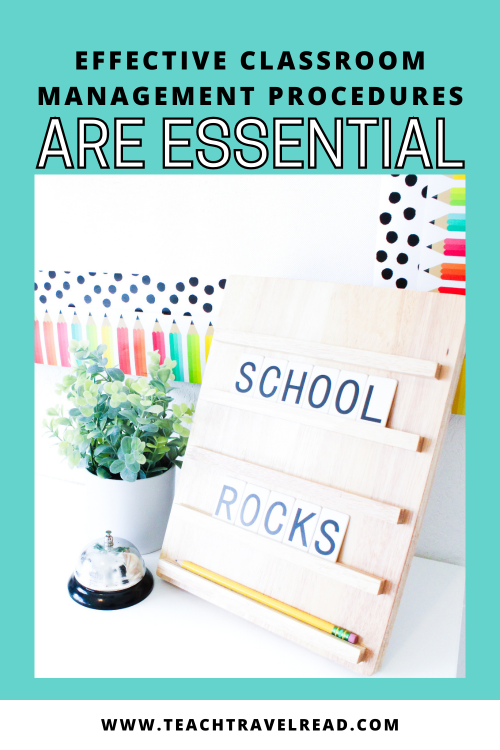If you’ve ever felt like you’re herding cats instead of teaching students, you know the value of effective classroom routines and procedures. From the first bell to dismissal, well-established routines can make all the difference in creating a productive and harmonious learning environment. So, let’s dive into the nitty-gritty of designing, teaching, and maintaining these essential elements of classroom management.

Have you ever juggled a dozen tasks to keep your students on track? If so, you understand the crucial role that effective classroom management procedures play in the daily aspects of teaching. From maintaining order during transitions to creating a culture of respect and responsibility, classroom management procedures are the glue that holds your classroom together. In this post, you’ll learn why these procedures are vital and explore strategies for designing, teaching, and maintaining them effectively.
Before discussing classroom management procedures, let’s take a moment to consider why they matter. First, classroom management procedures are the foundation for a positive and productive learning environment. These procedures help minimize disruptions, reduce stress, and maximize instructional time by providing structure, consistency, and clear expectations. They also empower students to take ownership of their learning and behavior, fostering a sense of responsibility.
Additionally, classroom management procedures promote a sense of community and mutual respect, creating a safe and supportive classroom where all students can thrive. Investing time and effort into establishing effective procedures is not just about maintaining order—it’s about creating a culture of success where every student can reach their full potential.
Think of classroom management procedures as the roadmap for your day. They provide structure and guidance, allowing you and your students to navigate smoothly through the learning process. Start by identifying your classroom’s key routines and activities each day, from arrival to dismissal. Then, consider how you can break down these tasks into clear, step-by-step procedures that promote efficiency and accountability.
Write out a list of classroom routines you want to establish starting on the first day of school. The more you write out, the better. You cannot teach them all in a single day, but make sure to go over each classroom routine over the first week or two of school.
Just like any skill, mastering classroom management procedures requires practice and guidance. Take the time to explicitly teach each procedure to your students, demonstrating the expected behaviors and outcomes. You can even show them the unexpected way to behave, which helps them learn what not to do.
Provide opportunities for guided practice and reinforcement, allowing students to become familiar with the routines through repetition and feedback. Remember, the goal is to empower students to take ownership of their learning environment and participate actively in the classroom community.
It may seem like a lot at the beginning of the school year and very repetitive, but it will help keep your classroom running smoothly throughout the rest of the year.

While consistency is essential, flexibility is equally important when it comes to classroom management procedures. Every classroom is unique, with its own set of dynamics and challenges. Be willing to adapt your procedures to meet the specific needs of your students and teaching style.
What works for one group of students may not work best for another group. Ask for feedback from your students and colleagues, and don’t be afraid to experiment with new approaches until you find what works best for your classroom.
You will have specific classroom management procedures that work best for your teaching style, but you may need to experiment with a new group of students each year.
Establishing procedures is the first step; maintaining them requires ongoing attention and reinforcement. Be proactive in monitoring student behavior and addressing issues from the established procedures.
If the students do not complete the procedure correctly the first time, have them do it again. The more firm you are in the beginning of the year, the easier it will become.
Also, provide consistent feedback and praise for students who demonstrate positive behaviors. Maintaining a supportive and consistent approach ensures that your classroom management procedures remain effective throughout the school year.

In conclusion, effective classroom routines and procedures are essential for creating a positive and productive learning environment. By designing, teaching, adjusting, and reinforcing routines regularly, you can set your students up for success and make your teaching life a whole lot easier. So, take the time to invest in building a solid foundation of routines in your classroom—you’ll thank yourself later!
What are your go-to classroom routines and how do you ensure they’re effective? Share your tips and tricks in the comments below! Let’s learn from each other and continue to grow as educators.
Love this journey for you!